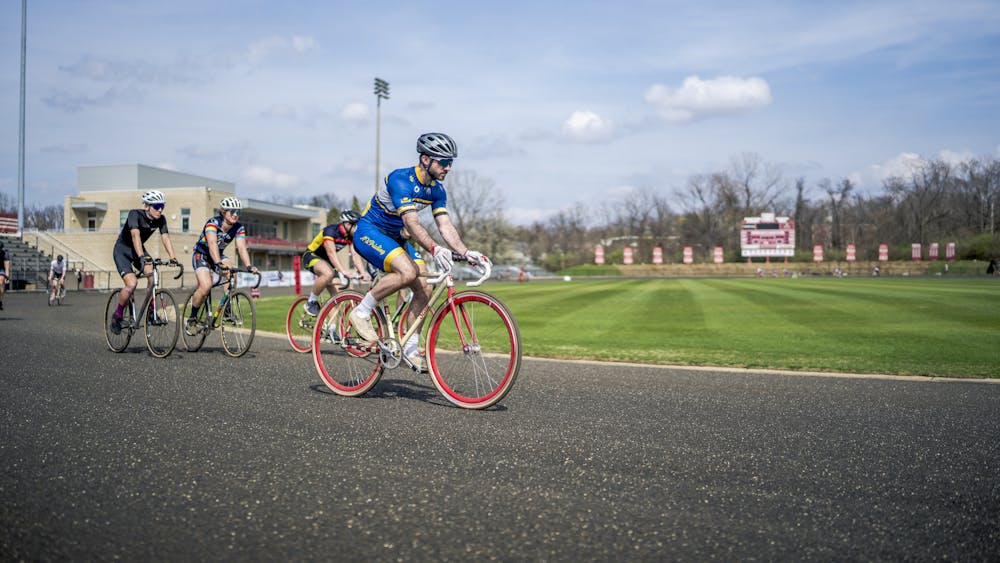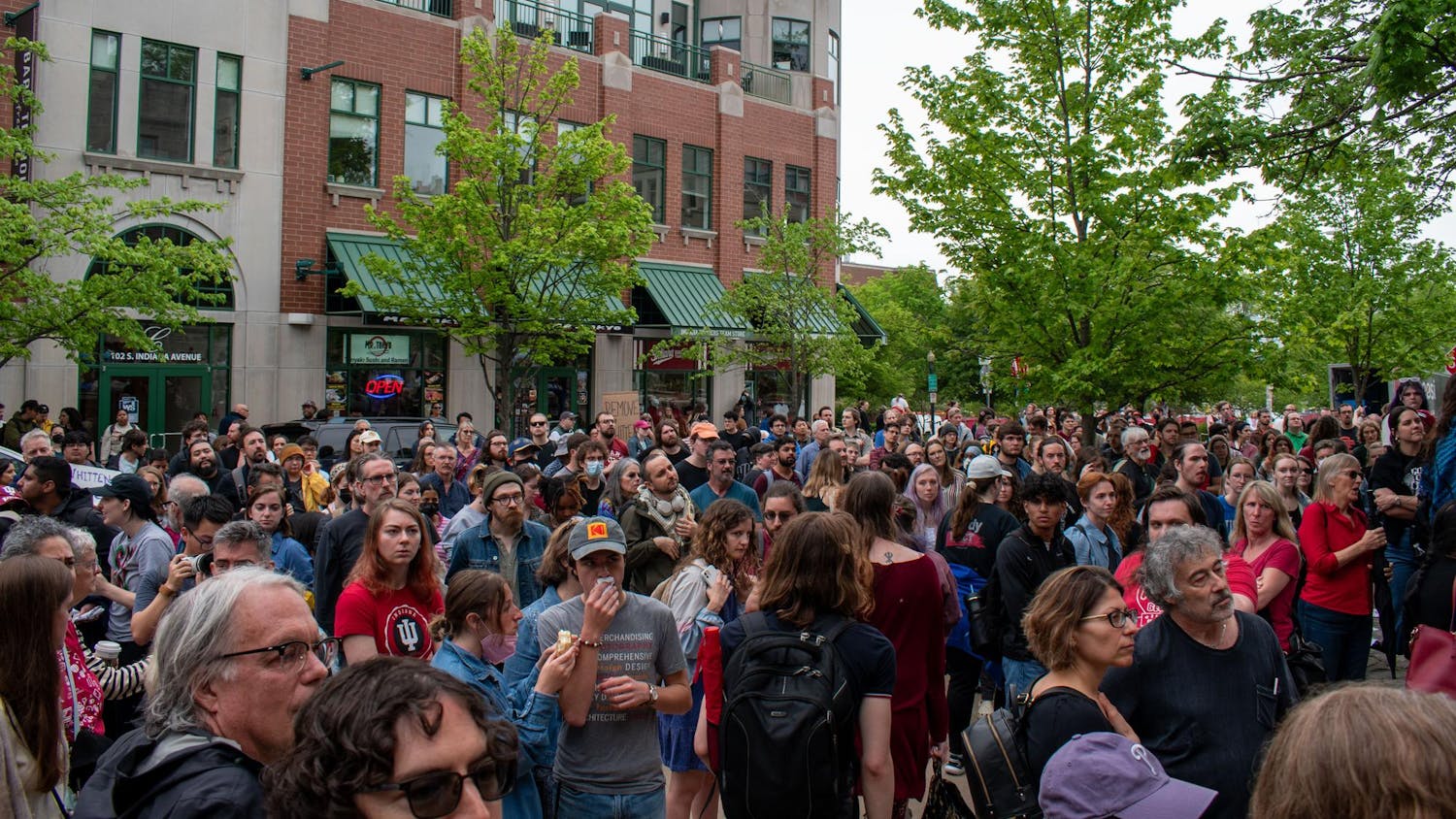Much of humanity’s best art has resulted from grief and agony. The creative explosion that followed the devastation of the terrorist attacks on Sept. 11, 2001 provided evidence of this. Filmmakers, musicians, writers and even comedians coped with the impact of the attacks by continuing their craft in its wake. For the world of showbiz, it was the ultimate non-surrender. Here’s a look at some of the best art from the last decade made with the memory of 9/11 squarely in the rearview mirror:
“United 93”
Too soon, audiences said to the film’s intense re-creation of the events of 9/11. But now is the right time to experience Paul Greengrass’ real-time suspense story. He depicts 9/11 as no more than a normal day, free of heroes and villains, and leaves us only with the basic human acts of courage, fear and strength from these unfortunate victims.
-Brian Welk
“25th Hour”
In the immediate aftermath of 9/11, Phillip Seymour Hoffman and Barry Pepper look out their penthouse as Ground Zero looms in plain sight. Spike Lee shows in “25th Hour” that New York was never the same after the attacks. Despite uncertainty and a newfound identity crisis in the city, these survivors remain rooted to their home and each other.
-Brian Welk
Steve Earle, “Jerusalem”
Earle’s tenth album is a sobering look at America and the world post-9/11. On “Amerika V. 6.0 (The Best We Can Do)” Earle uses his best Rolling Stones impression to expose the cash-hungry elitism of the so-called American Dream, while the controversial “John Walker’s Blues” is an objective look at John Walker Lindh’s vilification. The most powerful moment, though, is the closing title track’s message, not of despair in the Middle East, but of hope.
-Max McCombs
Brian K. Vaughan and Tony Harris, “Ex Machina”
In the 50-issue comic book series “Ex Machina,” Mitchell Hundred (as costumed crime-fighter The Great Machine) stops the second plane from hitting the World Trade Center’s south tower using his superpower of communication with machines, and he is later elected mayor of New York City. Remaining ever sensitive to the tragedy, Brian K. Vaughan’s multi-genre “what if” story raises important questions about politics and dependence on government in post-9/11 America.
-Vanessa Torline
The Daily Show with Jon Stewart, “September 20, 2001”
Jon Stewart doesn’t always do pathos, and when he does, he often makes us wish he would go back to playing the buffoon. But on his first episode back after the attacks, the “Daily Show” host tearfully delivered a nine-minute monologue that concluded with the powerful sentiment that the new view from Lower Manhattan in the absence of the World Trade Center is the Statue of Liberty. “You can’t beat that,” he says, and, of course, he’s right.
-Brad Sanders
Sleater-Kinney, “One Beat”
While not a full-on concept record, the excellent sixth album by Washington riot grrl trio Sleater-Kinney is firmly rooted in post-9/11 reflection. Unlike the country music cheerleaders who dropped countless flag-waving singles in the wake of the tragedy, Carrie Brownstein and Corin Tucker trade verses on “Far Away” and “Combat Rock” that channel the pain of the attacks while looking to the future with a sadly prescient uncertainty, not mere vengeance.
-Brad Sanders
The Best Art Inspired By 9/11
How the worst-ever attacks on U.S. soil galvanized the creative class in reverence

Get stories like this in your inbox
Subscribe





